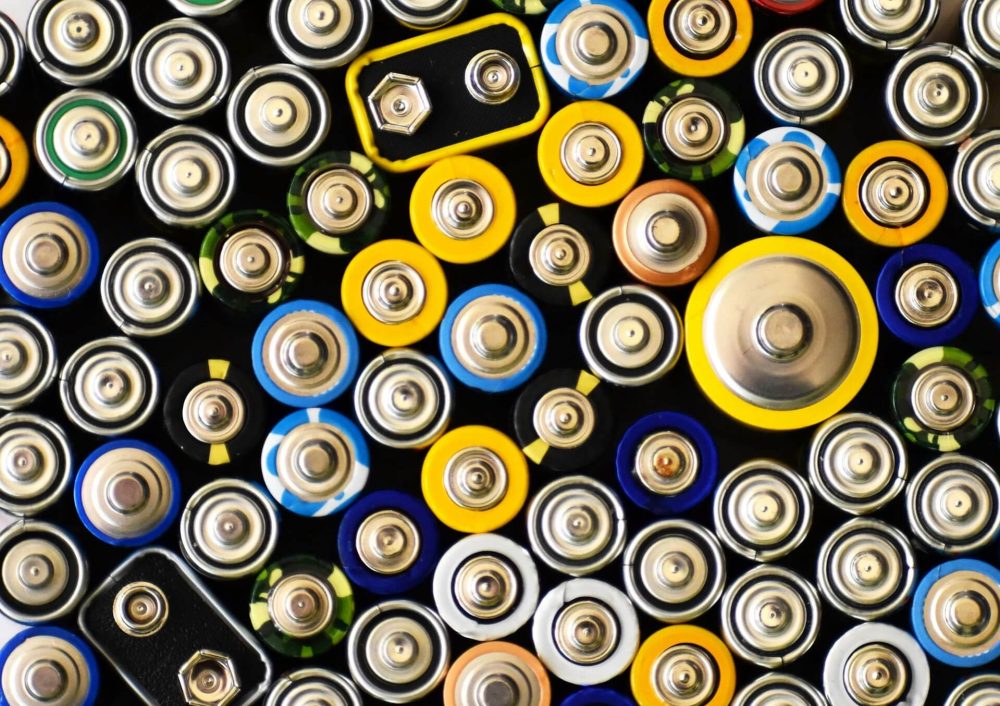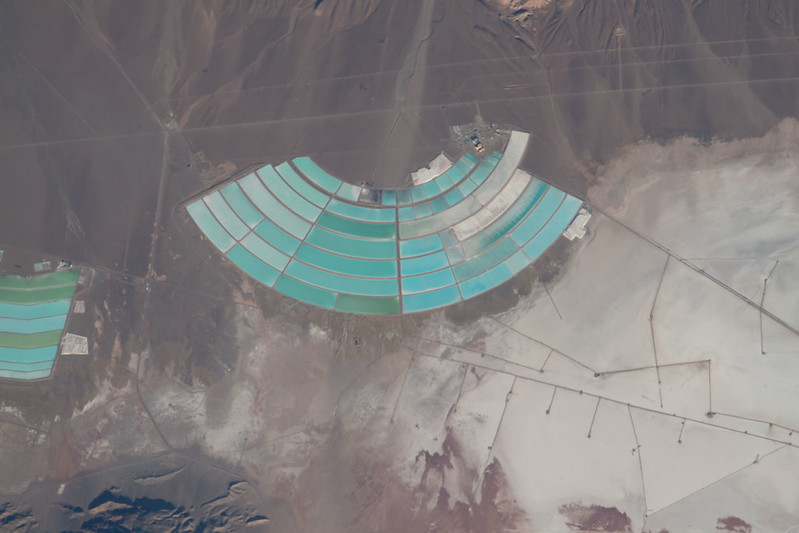Whether it’s the battery in our smartphones or laptops: nothing works without lithium. There is also a battery in every electric vehicle – and lithium-ion batteries are (still) virtually without alternative. The same applies to the switch to renewable energies: in order to have the fluctuating energy yields from the sun and wind available during lulls, surpluses need to be stored. Here too, lithium-ion batteries – along with other storage options – are essential. This is leading to an unprecedented demand for the precious light metal. The extraction of lithium is therefore a bottleneck in both the energy and mobility transition.
Forecasts indicate that the demand for lithium will increase from around half a million tonnes of lithium carbonate equivalent (LCE) in 2021 to an estimated 3 to 4 million tonnes in 2030. However, the extraction of this “white gold” is increasingly making negative headlines, as it is a slow and expensive process that has a heavy impact on the environment.
The current lithium extraction leads to environmental damage
To date, the main sources of lithium have been salt brines and high-grade ores. Brines mixed with lithium salt are evaporated in huge ponds. The chemical processes required for this are slow and harmful to the environment as they produce chemical waste. They are therefore at odds with the endeavour to create a greener and more sustainable society, which is actually to be achieved through increasing electrification.
Researchers and some companies have therefore started to develop a new technology called “direct lithium extraction”. These methods use special materials that selectively absorb lithium from saline brines. The new processes should be faster, cheaper and more sustainable.
This includes the new technology developed by Yi Cui and his colleagues at Stanford University. It is said to cost less than half of today’s methods and be much more environmentally friendly.
New process extracts lithium from brine
The technology used by Yi Cui and colleagues to extract lithium is based on electrochemical methods. One of these is electrodialysis, in which ions are transported through a lithium-selective membrane using an applied electric field.
In the researchers’ reactor, two opposing reactions take place on both sides of the membrane: Hydrogen evolution on one side and hydrogen oxidation on the other.
The reactions cause lithium ions to migrate through the membrane, resulting in a higher lithium concentration on the hydrogen evolution side. If several reactor cells are connected in series, the lithium concentration increases to such an extent that the metal can be extracted.
The researchers led by Yi Cui demonstrated the continuous extraction of lithium from brine for over 100 hours. The method has a lithium selectivity of 100 per cent and consumes only a tenth of the electricity of current extraction methods. And, according to the researchers, the process should cost around 3,500 to 4,400 dollars per tonne of lithium from brine. Current methods generally cost around 9,100 dollars.
The new approach could therefore have a far-reaching impact on the electrified transport and renewable energy storage sectors compared to conventional lithium extraction and make them significantly more sustainable overall. However, further research is needed, as the expensive materials and sensitive structures are currently still making scale-up difficult.









